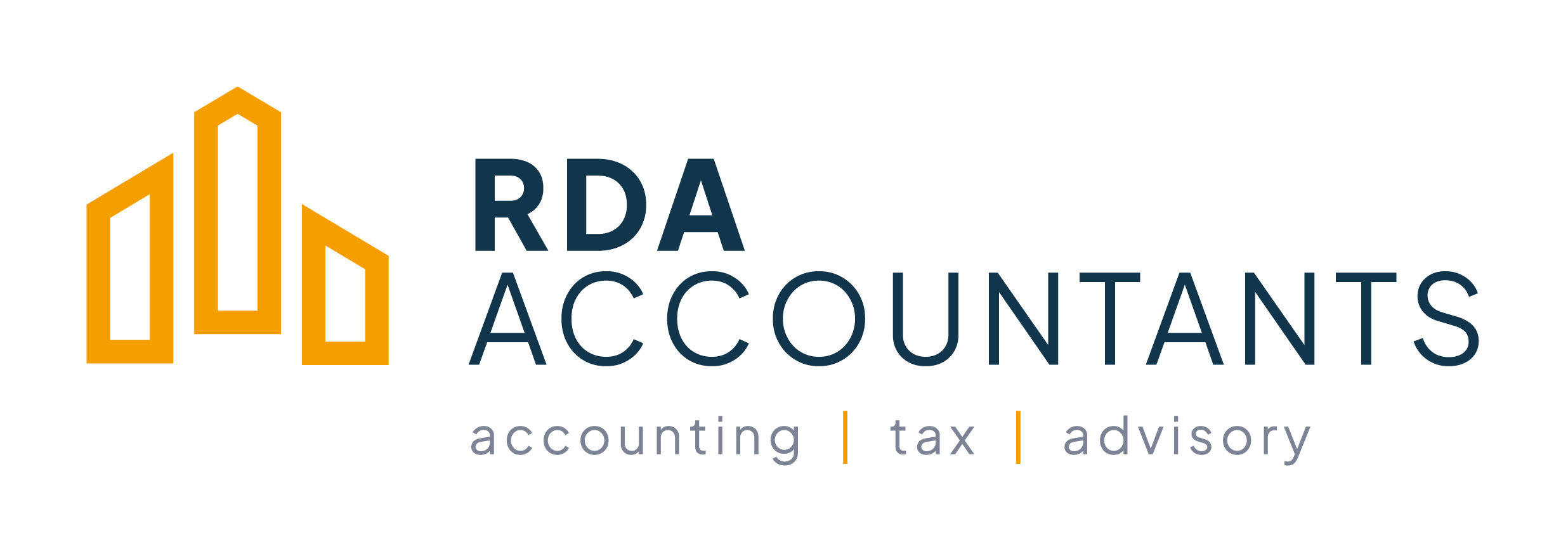A very good way to reward your employees and retain them is by considering the benefits available...
How to best operate a payroll system & Revenue return requirements for Business Owners
Registering the employee
The onus is the employer now is to advise all new employees that they need to register as employees with ROS on their own “My Account” so therefore they should provide them with the business tax registration number to do this. They will then receive their tax credits and cut-off figures.
Tax credits and cut-off figures depend on the employee’s personal circumstances and may differ significantly from one employee to the next. Cut-off refers to the point where earnings become taxable at the higher rate of tax. Tax credits are deducted at the end of the tax calculations and reduce the tax payable accordingly.
Important: You should always agree a gross pay with your employees rather than a net pay.
PAYE, PRSI and Universal Social Charge are calculated on an employee’s gross pay, i.e. pay before any deductions are made, while net pay is what the employee receives after PAYE, PRSI, Universal Social Charge and other deductions, i.e. take-home pay.
If an employer agrees a net pay with an employee, then in effect the employer is agreeing to pay the employee’s PAYE/PRSI for them. This also means that if the income tax rates rise or an employee’s tax credits or standard rate cut-off point change the employer will have to pay any additional tax arising.
Calculating tax and net pay
For each payroll period (whether weekly, fortnightly or monthly), you will need to calculate three types of taxes – PAYE income tax, PRSI, Universal Social Charge – each with their own method of calculation.
If you have many employees with varying rates and hours worked you should give serious consideration to using payroll software which will calculate employees net pay, produce payslips and give you the information for Revenue returns. This will save time and potentially reduce errors. However, the outputs from payroll software are only as good as the information entered into it, so it is still a good idea to know how the PAYE system works in general terms.
If you are not using payroll software you can use a spreadsheet or calculate the figures manually. Remember that you need to give your employees payslips no matter which system you use.
Benefits in kind
Benefits in kind, such as private use of a company car, free or subsidised accommodation and preferential loans, received from an employer to an employee whose total remuneration (including benefits in kind) is €1,905 or more in a tax year, are taxable through the payroll.
When an employee leaves
When an employee leaves during the tax year, the employer must provide him/her with a Form P45. This form confirms the employee’s gross pay, tax, universal social charge deducted and PRSI contributions from the start of the tax year until the date of leaving.
Employer Revenue Returns for employees
A monthly Return (Form P30) must be submitted to the Revenue Commissioners setting out details of the total PAYE/PRSI arising for that month. A Form P35 – Annual PAYE/PRSI Return must be submitted at the end of each calendar year detailing the PAYE/PRSI arising for each employee. A Form P60 must be given to every employee who is employed on 31 December (except those who received a P45 on 31 December). Among other things, this form contains details of the employee’s gross pay, tax, universal social charge and PRSI contributions for that year.
